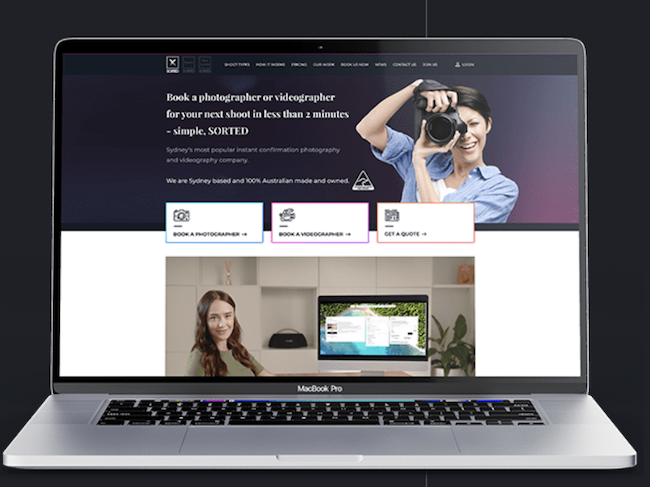Colour is not an eye property — colour is a feeling stimulus with the ability of evoking feeling, action and decision.
Colour employed within web designing is a breaker, business energy concentrator and guide tool in leading individuals along the path of a website. To business firms, especially to competitive firms like Website Design Sydney, colour psychology may be an immediate stimulant for customer experience and conversion rate.
Why does colour matter in web design?
Consumer shopping research indicates that buyers will make an unconscious purchasing decision within 90 seconds and as much as 90 per cent of the decision will be qualified or made exclusively on colour alone. The prettiest colour palette is not necessarily the optimal one for web designers — it is a good user experience that makes people click, sign up, or buy.
How do different colours affect purchasing behaviour?
Different colours do elicit some form of emotional reaction. A clearer description of how some of the most popular colours used on the web affect buyers' purchasing behaviour is as follows:
- Red: Red creates a sense of energy and urgency and therefore evokes urgency. Red is most frequently utilised for sale clearance and call-to-action buttons since red evokes impulse buys.
- Blue: Blue is often used by financial and technology companies to represent professionalism, trust, and reliability. Along with Website Design Sydney, blue is employed to instil trust in a business,
- Green: Representing health, nature, and growth, green is employed almost exclusively for wellness and green business ventures. Green also causes one to unwind, and therefore it's superb to employ on calls-to-action such as "Subscribe" or "Try Now."
- Orange: Orange, being a mixture of natural red and energised yellow, is energised and stimulating. Orange is used to provide interest and can work well in teen products.
- Yellow: Yellow is energised and sunny and must be handled carefully. Too much use causes eye fatigue. Yellow can be utilised as a highlight colour to draw attention to bargains or necessities.
- Black: Black symbolises sophistication, richness, and elegance, making it a favoured choice for luxury online businesses. It is particularly well-suited for showcasing luxury products and features minimalist designs seamlessly.
- White: White space (negative white space or white space) was once utilised to signify simplicity and purity and is utilised to declutter web pages, as well as for improved legibility. It is utilised to make other colours stronger.
Cultural dimensions in colour use
Colour perception also differs geographically. White is used to imply purity, for instance, by Western societies, but death and grieving by certain Eastern societies. Target market culture would have to be obtained prior to selecting colour combinations for cross-border business or service companies with multicultural clients — such as Website Design Sydney.
Colour roles in branding and conversion rate optimisation
Colour psychology gets branding going in the literal meaning of letting businesses show their natural personality and essence. So, Coca-Cola red (fun) or Facebook blue (trust). And a site's colour palette determines how clients engage with a brand — formal, serious, luxury, or green.
Besides applying colours to buttons, titles and banners via A/B testing, it creates sensational differences in click-through and conversion. Green "Buy Now" would work best for a healthcare business, but red would work best for a fashion business for fashion lovers.
Web design tips to use the right colours
- Value your audience: Choose colours that are beloved by your audience and provide them with some sort of emotional trigger.
- Brand consistency: Use the site's brand colours to achieve consistent and equal impact.
- Contrast: Display text legibly to be read above contrasting text and colour.
- Test and optimise: Use A/B testing to understand how to accentuate factors and calls to action in design.
- White space: Don't overcrowd your design. Give things room to breathe and allow the user's eye some room to roam with minimal designs.
Conclusion
Colour psychology web design is a very useful technique that can, in the background, unobtrusively influence the behaviour of the visitors, establish confidence and influence buying decisions.
In creating a new website or rebranding your current website, the correct usage of colours can give a facelift to your web image. For Sydney web design firms, asking questions regarding colour psychology not only makes the website beautiful to behold, but it also has tangible business benefits in terms of user interaction, as well as conversion.










